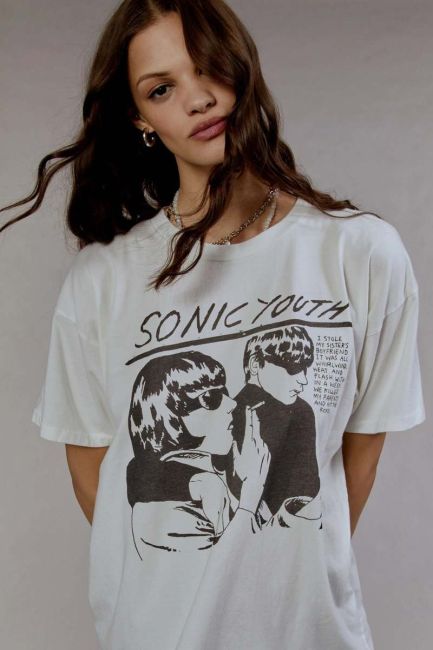Sonic Youth, the legendary alternative rock band formed in 1981, has left an indelible mark on the music world with their experimental soundscapes and avant-garde approach to rock music. For fans old and new, building a collection of Sonic Youth essentials is akin to curating a journey through decades of innovation, raw energy, and artistic brilliance. Whether you’re just discovering their catalog or looking to expand your collection, there are certain albums and releases that are indispensable for any enthusiast.
To begin with, no Sonic Youth collection is complete without “Daydream Nation.” Released in 1988, this double album is often considered the band’s magnum opus. Featuring iconic tracks like “Teen Age Riot” and “Silver Rocket,” it captures the perfect balance between noise experimentation and melodic hooks. The sprawling soundscapes and intricate guitar work make it a cornerstone of not only their discography but also alternative rock as a whole.
Another essential addition is “Goo,” released in 1990. This was Sonic Youth shop‘s first major-label release under Geffen Records, marking their transition into mainstream recognition while retaining their experimental edge. Tracks such as “Kool Thing,” featuring Public Enemy’s Chuck D., showcase the band’s ability to blend punk ethos with cultural commentary seamlessly. The album’s polished production makes it accessible without sacrificing the gritty essence that defines their earlier works.
For those who want to dive deeper into the band’s roots, “EVOL” (1986) is a must-have. This album marks a turning point in Sonic Youth’s evolution from abrasive noise-rock pioneers to more structured songwriters capable of balancing chaos with beauty. Songs like “Shadow of a Doubt” highlight their growing mastery over creating haunting atmospheres layered with dissonance.
No exploration of Sonic Youth would be complete without delving into “Sister” (1987). Often overshadowed by its successor “Daydream Nation,” this album is nonetheless regarded as one of their finest achievements. Tracks such as “Schizophrenia” exhibit how they began refining their signature blend of tunefulness amidst discordant textures—a hallmark that would define much of their later work.
For collectors seeking something outside traditional studio albums, compilations like “The Destroyed Room: B-Sides and Rarities” offer fascinating glimpses into lesser-known material that underscores the band’s prolific creativity during its three-decade-long career trajectory .

